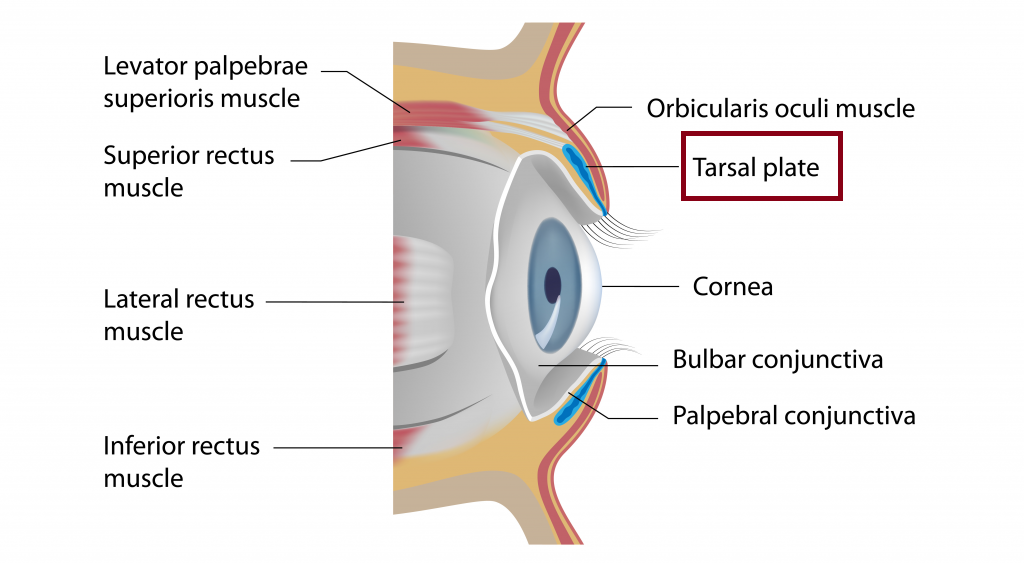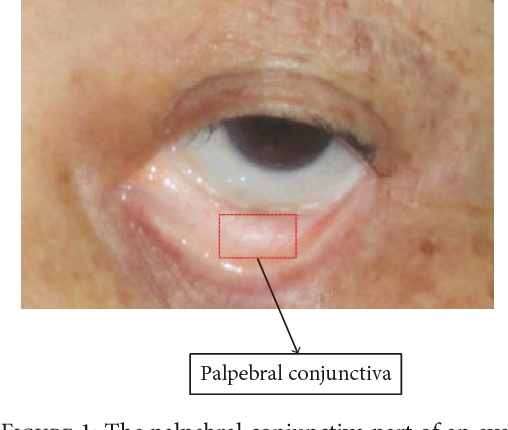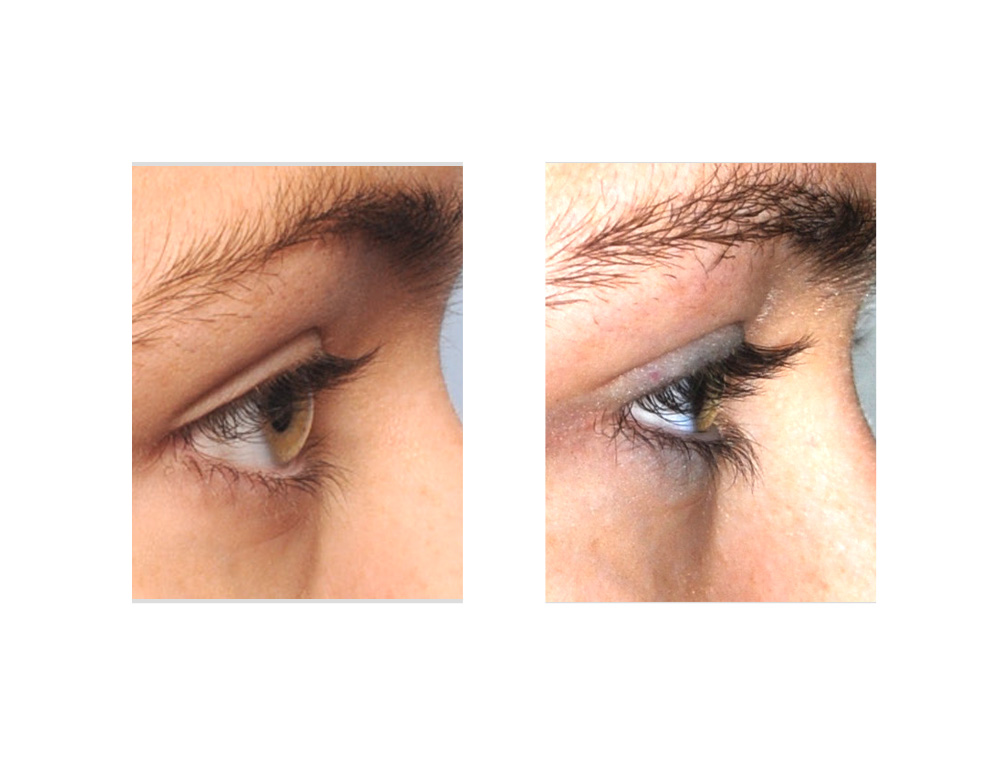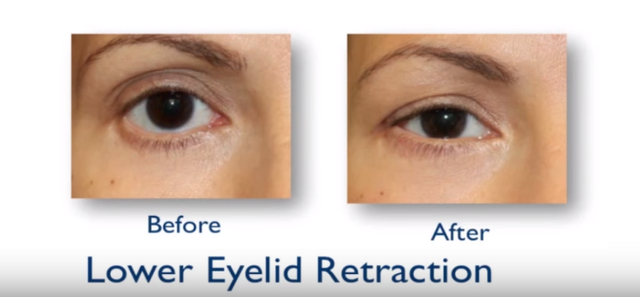D
Deleted member 3526
Apricot
- Joined
- Oct 14, 2019
- Posts
- 4,235
- Reputation
- 7,259
Scleral show refers to the ability to see the white portion of the eye below the colored portion (Iris). And most people one you look straight ahead the lower eyelid covers the eyeball up to the base of the Iris. Any condition which creates laxity (lack of strictness) or limits motion of the lower eyelids can contribute to scleral. This could include a number of congenital anomalies( birth defects ) known as craniofacial (relating to the cranium(skull) and the face) defects, it could be related to trauma where the facial bones had been fractured and subsequent healing and scar tissue formation limits movement or the lower lid is not positioned properly.
It occurs with aging as the lower lid loses its muscle tone and the skin becomes more elastic. It also can occur with someone having lost soft tissue volume in their cheeks. I have patients who have a history of allergies with a lot of swelling in their eyelids and they develop this problem. The other problem could be that the eyeball itself is prominent and pushes the lower lid out of the way, which is something we see with problems such as hyperthyroidism.
-Joseph M. Perlman
The main reason for the scleral show without history of trauma surgery,is weak bony support of the eye. The loss of the elasticity is another reason for the scleral show. -Kamran Khoobehi, MD
While it is true that people with strong cheek bones have excellent support for the lower eyelid and tend to hold their lower eyelids well as they age, the opposite can be true for people with weak cheek bone support. Large eyes, relatively flat cheeks, or heavy cheek pads are associated with gradual inferior scleral show. Generally these changes are acceptable cosmetically and in some cases the large eyed look associated with a little inferior scleral show is often considered a desirable feature.
High set cheek bones like o'pry or gigantic zygos like asians= everything
https://www.realself.com/question/natural-causes-scleral-show
How to fix ?
There are three main components,which can affect your undereye
-Lateral canthal tendon
-Anterior Lamella
-Posterior Lamella
Posterior lamella
posterior lamella probably has the most significant impact in terms of the physical vertical support

The posterior lamella consists of the tarsal plates,

a layer of smooth muscle and palpebral conjunctiva
This portion covers the inner surface of both the upper and lower eyelids


Lateral canthal tendon
Outer corner of the eyelids
Canthoplexy Result ( A surgical procedure designed to tighten the lower eyelid )

Posterior lamellar grath to elevate the lid to cover up the sclera as well as re-positioning the outer corner

Anterior lamella
The anterior lamella consists of the skin, the layer of subcutaneous(anything that exists or is inserted just below the skin ) connective tissue and the layer of striated muscle fibres (main function of striated muscle tissue is to create force and contract ) of the orbicularis muscle.

solution

or Mid face lift -Not successful
Source



